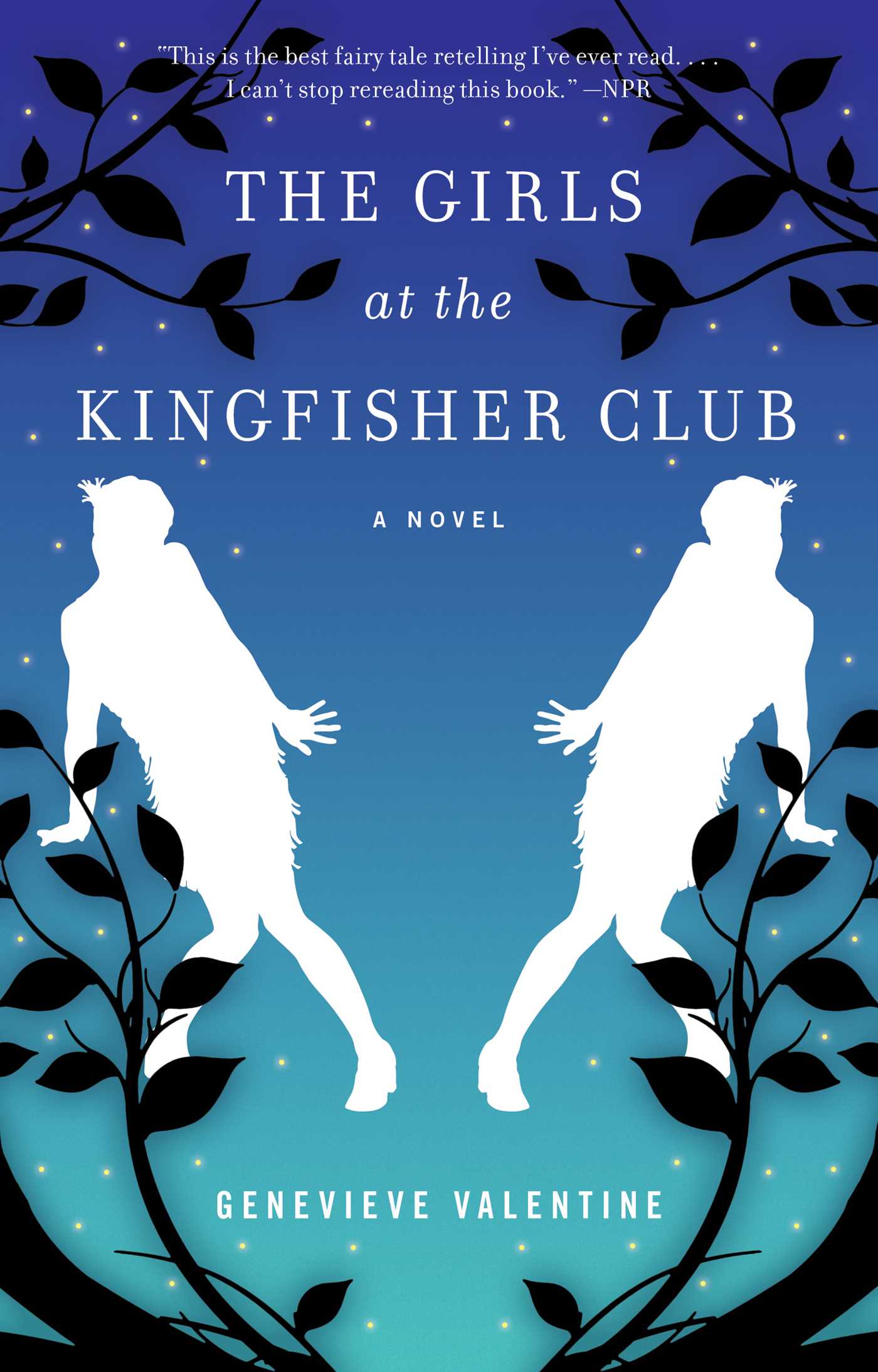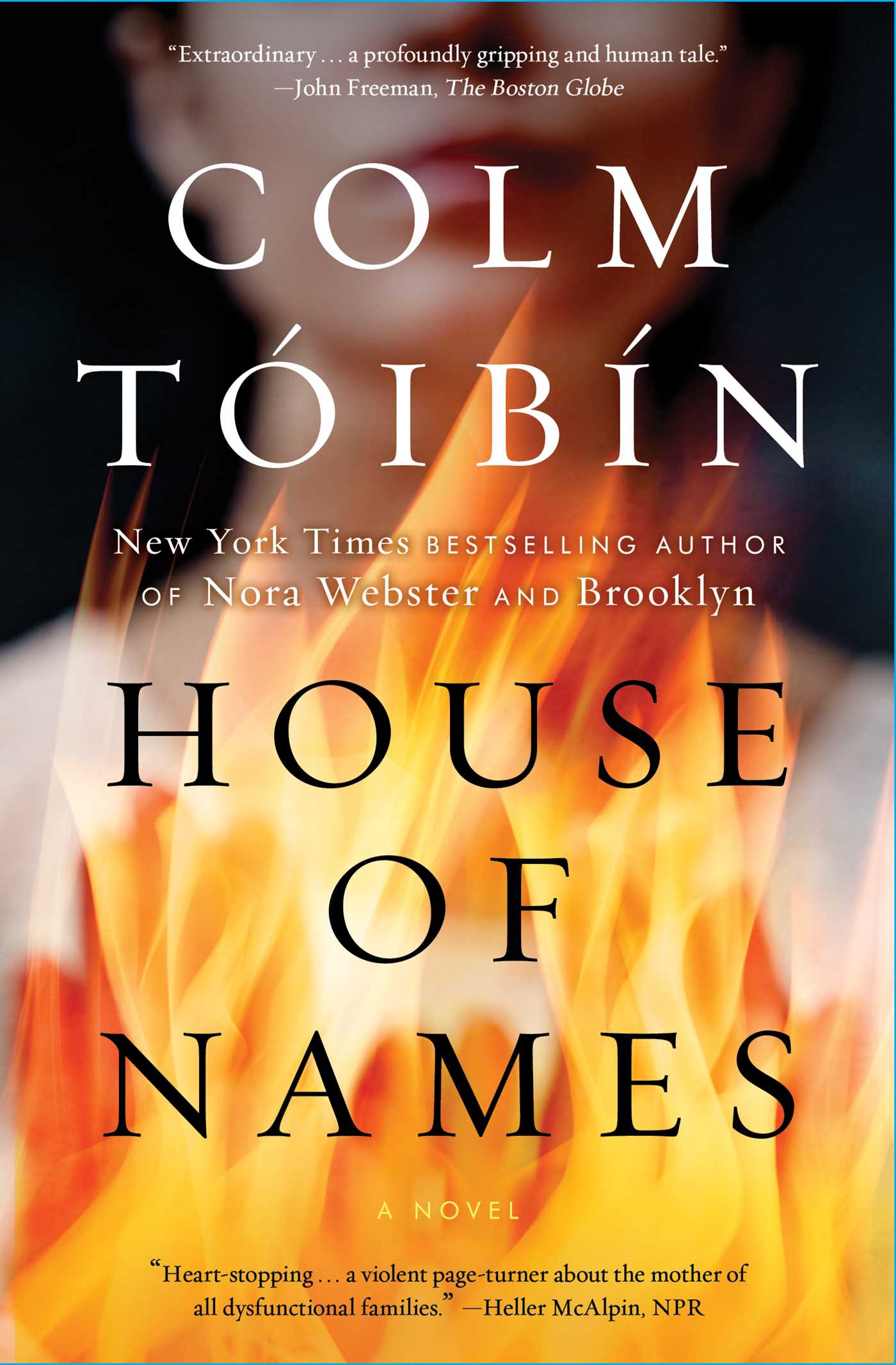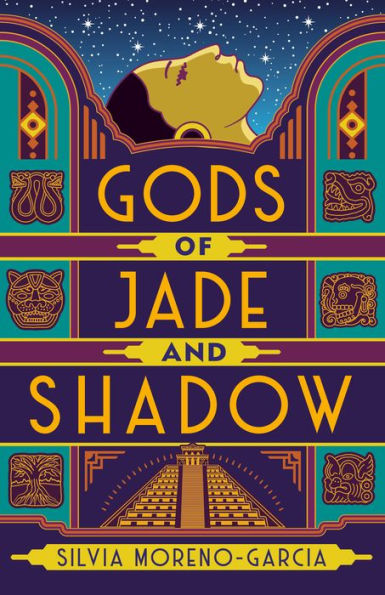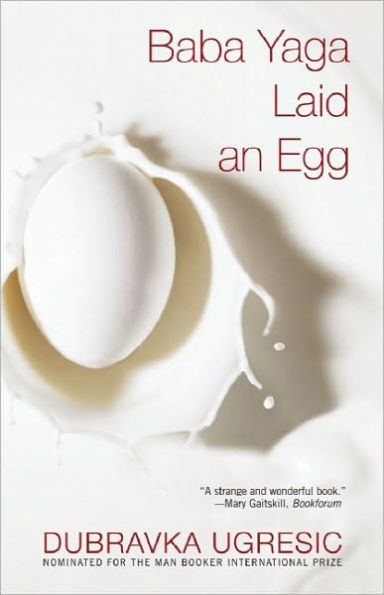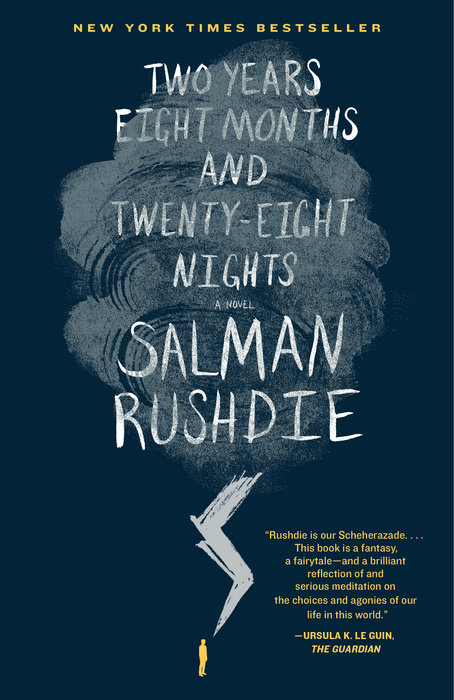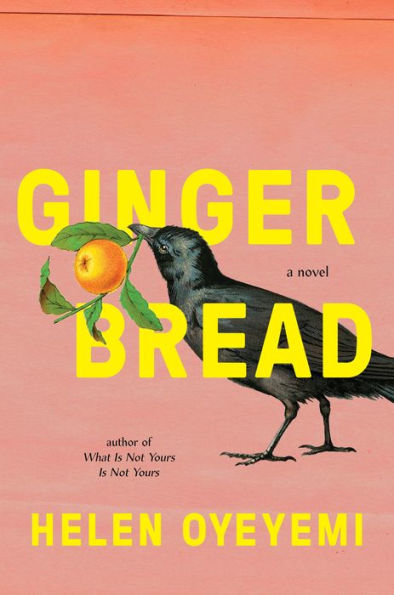It feels too simplistic to say that storytelling is an ancient art, but as long as people have been around, stories have been told—stories of good and evil, creation and destruction, and human struggles, passed down from generation to generation, existing for decades but often re-creating themselves over time to span eras and cultures. I’ve always been in love with folklore and dark, twisted fairy tales full of magic—so as an adult, I gravitate toward contemporary retellings. Below is a list of the best ones I’ve encountered in recent years.

8 Books for Grownups Who Love Fairytales and Folklore
You’ve probably heard of the 12 Dancing Princesses before: it’s the Brothers Grimm story about the twelve sisters who sleep locked in their rooms by their father, but every morning he finds their shoes worn from dancing, and one man who follows them and sees trees covered in leaves of gold, silver, and diamonds. In THE GIRLS AT THE KINGFISHER CLUB, Genevieve Valentine adds even more sparkle to the story, placing it in the 1920s speakeasy world. Full of romance, bootlegging, and nostalgic nightlife, this is the perfect contemporary retelling of a fairy tale.
This dazzling story of love, sisterhood, and freedom reimagines the fairy tale of the Twelve Dancing Princesses as Jazz Age flappers who escape their father’s Manhattan town house each night to dance in the city’s underground speakeasies. If you loved Rules of Civility or The Paris Wife, be sure to tuck this bewitching novel into your beach bag.
MENTIONED IN:
Colm Tóibín’s HOUSE OF NAMES is a reimagining of Clytemnestra—wife to Agamemnon, the brother of the man who was married to Helen of Troy. When Agamemnon left to go help his brother bring Helen back to Sparta, he sacrificed his and Clytemnestra’s daughter. Clytemnestra then had an affair, plotted against Agamemnon, and killed him upon his return from war. Yes, very dramatic, and Tóibín’s modern retelling takes that drama and multiplies it. He focuses on the struggle between Clytemnestra’s limitations in ancient Greece because of her gender and her desire for power. Tóibín is able to create a family saga full of heartache, power, and yearning.
MENTIONED IN:
In the Greek myth, Hades abducted Persephone and dragged her to the underworld, where she was tricked into tasting a pomegranate. She was then required to spend winter months there because she had tasted its fruit—and the rest of the year she had to live with the gods above. This retelling—a Book of the Month Club selection!—follows Sylvie, a woman haunted by the unsolved murder of her sister, Persephone. Sylvie moves home 16 years after her sister’s murder to care for her ailing mom, only to discover that her sister’s boyfriend (who she thinks killed her), works at her mother’s care center. This is a truly thrilling book that reveals secrets slowly while examining mother-daughter and sister relationships.
This modern fairy tale, based on the Popol Vuh—the Mayan story of creation—is an incredibly dark and exciting adventure tale about Casiopea, a young woman who opens a locked trunk in her grandfather’s room, unknowingly releasing Xilbaba, the Mayan God of Death. He was trapped by his brother, who orchestrated a coup and took over the Underworld. Both Xilbaba and Casiopea travel across Jazz-Age Mexico to recover his power. As they travel across the country, family ties and loyalties are tested, and love, death, and life are weighed.
Baba Yaga is a feature in Eastern European and Russian folklore: a magical creature that manifests as a deformed woman hiding in the woods and kidnapping children. Baba Yaga Lays an Egg takes that myth and weaves it into a tale about what it means to be a modern woman, aging, and love, through the lens of four different—fictional—women living in Eastern Europe.
Instead of focusing on one particular myth or piece of folklore, THE BEAR AND THE NIGHTINGALE follows a young girl who can speak with magical creatures from Russian myths she was told as a child. Author Katherine Arden takes a number of different elements from various traditional folktales and stitches them together in a magical and dark story about growing up.
MENTIONED IN:
If you do the math, two years, eight months, and twenty-eight nights equates to one thousand and one nights—which is also the name of the compilation of Middle Eastern folktales commonly referred to as “the Arabian Nights.” Salman Rushdie’s fantastical and highly imaginative novel is influenced by these tales. Centuries ago, the princess of the jinn—magical, whimsical creatures—fell in love with a mortal and had many, many children who spread across the world. In the present day, weird occurrences begin to happen globally, and a war between good and evil, spanning magical and mortal realms, will ignite—and it will last one thousand and one nights.
Every reader needs a little escapism, and the leader of the free world is likely no exception. Salman Rushdie’s fantastic (and fantastical) story centers on a storm in New York City that reawakens an ancient conflict between humans and the descendants of a mystical creature known as the Jinn.
The well-known version of Hansel and Gretel: Children of a poor laborer left in the woods to fend for themselves end up stuck in the candy-house of a witch who plans to cook them for dinner. Helen Oyeyemi’s version of Hansel and Gretel: Harriet, the child of a poor laborer with an epic family recipe for gingerbread, is whisked away by the mother of her friend Gretel to work selling gingerbread for pittance, basically without rights. In some ways it’s not even a retelling of Hansel and Gretel, it’s more that the classic fairy tale was just a jumping off point to create a twisted, purely magical, and wonderfully weird story about family and class.
MENTIONED IN:

